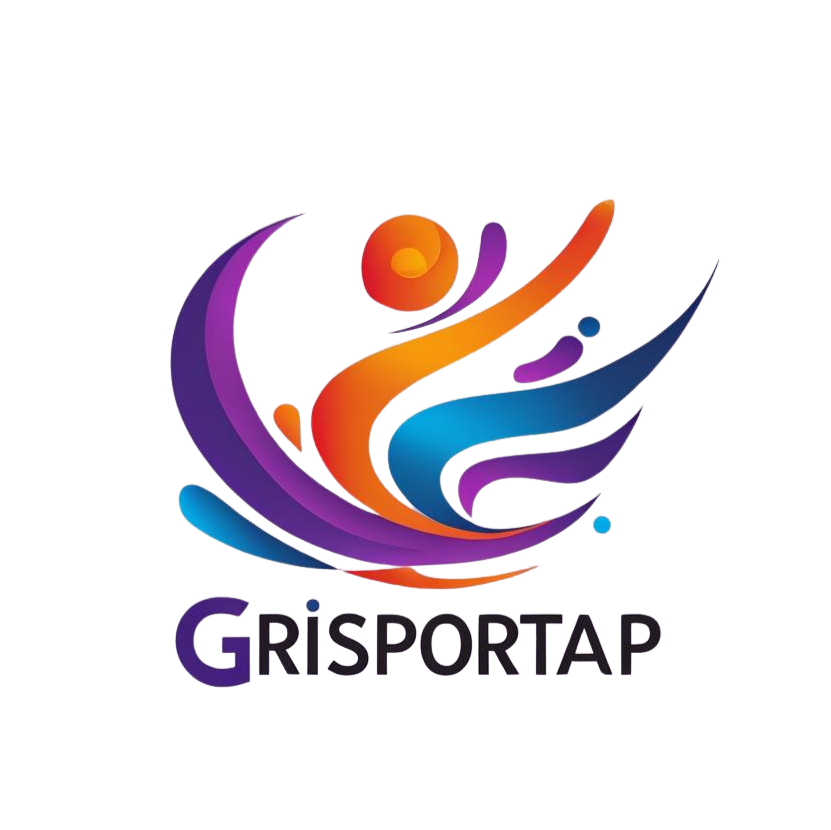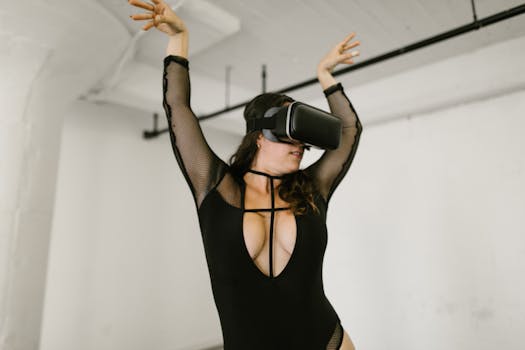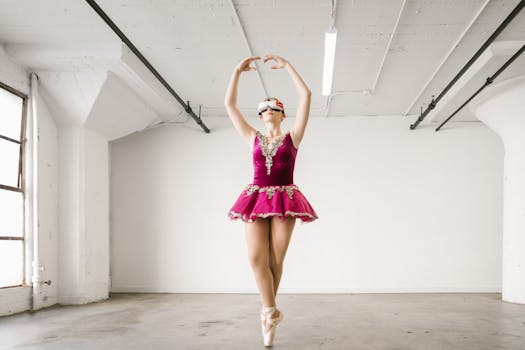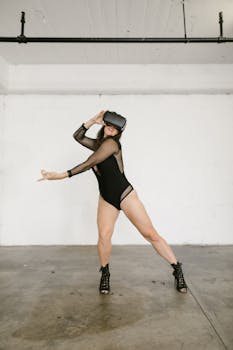The dance community has undergone significant transformation over the past few years, largely due to the emergence and integration of digital tools. From new choreography methods to enhanced performance experiences, technology is shaping how artists create and connect.
Whether through online classes, digital collaboration platforms, or social media, dancers are exploring novel avenues for expression. As a result, both amateur and professional dancers can now engage with an expansive network of creativity and innovation.
This article will explore the multifaceted impact of digital tools on dance, examining how they affect training, choreography, performance, distribution, and community engagement. As we navigate these changes, we will highlight opportunities and challenges presented by technology’s role in this vibrant art form.
The Evolution of Dance Training
Digital platforms have revolutionized dance training, providing dancers with access to online classes from industry professionals. This accessibility democratizes dance education, allowing anyone to learn from the comfort of home.
Popular platforms such as YouTube and Instagram feature tutorials and live sessions, enabling dancers to connect with instructors worldwide. Furthermore, these resources cater to diverse styles, ensuring broader learning opportunities.
Apps like Steezy and DancePlug offer structured lessons, tracking progress through interactive features. As a result, many dancers can now receive personalized feedback despite geographical barriers.
Online dance challenges and virtual competitions foster community interaction, encouraging participants to showcase their skills. Such events nurture creativity and motivation among dancers as they share their journey on social media.
However, while digital training has benefits, it also raises challenges, such as a lack of physical interaction. Dancers may miss the nuanced feedback that in-person instruction provides, impacting their growth.
Innovations in Choreography
The choreographic process has profoundly changed with the advent of digital tools, allowing creators to experiment with various methods. Tools like motion capture technology enable choreographers to visualize and refine movement sequences effectively.
Software such as Notator or DanceForms facilitates the documentation of choreography digitally. This transition from paper to digital documentation streamlines sharing and teaching processes, making choreography more accessible.
Social media platforms also play a significant role in choreographic innovation. Dancers can easily share their work, receive instant feedback, and draw inspiration from a vast array of performances globally.
The rise of collaborative platforms allows multiple choreographers to create together, regardless of location. This remote collaboration sparks unique creations, blending artistic visions and techniques seamlessly.
Yet, while technology fosters creativity and experimentation, it may lead to oversaturation in dance styles. Dancers must navigate an influx of content, discerning what resonates with their personal artistry.
Enhancing Performance Experiences
Digital tools are transforming how performances are experienced, with live-streaming becoming a prevalent method during shutdowns. This innovation allows audiences to access shows worldwide, expanding viewer engagement beyond physical venues.
Enhancements like augmented reality (AR) and projection mapping create immersive environments for audiences. These technological integrations elevate the visual experience, making performances more memorable and appealing.
Digital ticketing systems simplify the process for audiences, improving accessibility to shows and dance companies. This convenience allows producers to reach diverse audiences, increasing attendance and community engagement.
Furthermore, the integration of smartphones and wearable technology empowers both performers and audiences. Dancers can track their movements and receive live feedback, allowing for real-time adjustments during performances.
However, the reliance on technology for audience engagement raises questions about the authenticity of the experience. Attendees may feel a disconnect from the performance, hindering genuine appreciation for the artistry involved.
Distribution of Dance Content
Digital tools have revolutionized how dance content is distributed and consumed, allowing for quicker dissemination and broader reach. Dancers and companies now harness digital platforms to release performances and workshops globally.
Platforms like TikTok enable dancers to share bite-sized choreography, engaging a younger audience. This social media trend encourages creative expression and can lead to viral dance challenges and trends.
Streaming services like Netflix and Disney+ have also begun showcasing dance productions, allowing mainstream audiences increased exposure to various styles. As a result, dance is finding new fans beyond traditional theatergoers.
Moreover, online video-on-demand services offer dance enthusiasts flexibility when consuming content. Viewers can now access performances whenever they like, fostering a greater understanding of diverse styles and techniques.
However, issues surrounding copyright and intellectual property persist in this digital landscape. Dancers must navigate distribution carefully to protect their work while leveraging visibility to grow their careers.
Community Building and Networking
Digital tools have significantly changed how dancers and choreographers build communities and network. Social platforms foster instant connections, allowing artists to engage with peers, mentors, and fans alike.
Virtual events, such as webinars and workshops, create opportunities for networking and skill-sharing across vast distances. This enables a vibrant exchange of ideas and practices, spurring creative dialogues worldwide.
Online forums and Facebook groups facilitate discussion, support, and collaboration among members of the dance community. These platforms nurture inclusivity and provide resources for dancers at all levels, encouraging collective growth.
Additionally, podcasts focused on the dance industry bring conversations to the forefront, connecting audiences with behind-the-scenes insights. Listeners gain a deeper appreciation for the artistry by hearing dancers’ and choreographers’ stories directly.
However, online networking may lead to feelings of isolation for some dancers. The lack of physical interaction can create barriers to forming genuine connections, prompting the need for balance between virtual and in-person engagement.
The Role of Social Media
Social media plays a crucial role in how dancers share their work, build brands, and connect with audiences. Platforms like Instagram and TikTok have become essential tools for self-promotion and community building.
Moreover, social media provides a space for dancers to showcase their creativity by participating in trending challenges. This sharing fosters collaboration and inspires others to join in, creating a vibrant online dance community.
Through effective social media strategies, dancers can monetize their platforms, attracting sponsorships and partnerships. Such opportunities can enhance financial security, allowing artists to invest more in their craft.
Live performances streamed on social media create instant connections with audiences, enabling real-time interaction and feedback. This fosters a sense of engagement that builds dedicated follower bases and nurtures loyalty.
Nonetheless, the pressure to maintain a captivating online presence can strain dancers. Balancing artistry with social media trends may lead to burnout, emphasizing the importance of mental health in the dance community.
Conclusion
The impact of digital tools on dance is profound and multifaceted, reshaping various aspects of the art form. From training and choreography to performance and community building, technology enhances possibilities for dancers worldwide.
While challenges accompany these advancements, such as the need for authentic connections and careful navigation of copyright issues, the benefits are undeniable. The digital age brings communities together, fostering creativity and collaboration among dancers.
As we embrace the future of dance, it is essential to recognize the potential digital tools possess to elevate artistry. By striking a balance between technology and personal connection, the dance community can flourish for years to come.
In conclusion, the evolution of dance through digital tools not only reshapes artistic expression but also cultivates a more inclusive, diverse, and vibrant global community. The future of dance is here, and it’s more exciting than ever.



